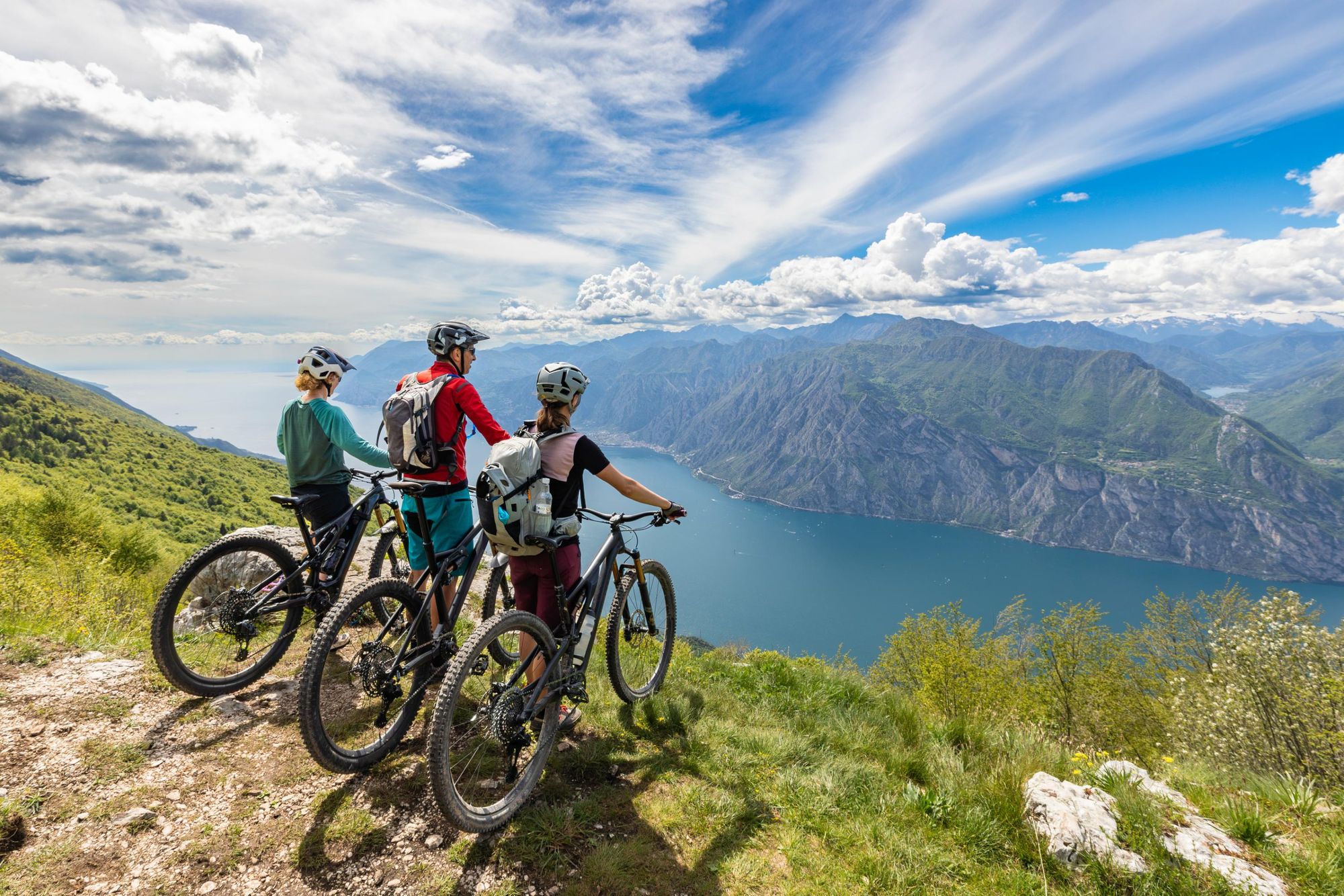Vicky Leach designs cycling trips around the world for Much Better Adventures, from the Norwegian Arctic to Kyrgyzstan, and she’s no stranger to heading off on a two-wheeled adventure herself.
“One of my favourites was in Jordan. We wouldn’t have been able to do it independently because we didn’t have bikes with us,” she says. “I loved it. We were racing across the mud flats and there was no one else around. It felt like you were in the middle of nowhere, and you had the experience all to yourself.”
It felt like you were in the middle of nowhere, and you had the experience all to yourself
Choosing the right cycling trip is a tricky thing to balance – one person's rewarding adventure can be a tough, tiring experience for someone else. One of the most important things to get right is the difficulty level. We spoke to Vicky about how trips are graded, what defines an ‘easy’ versus a ‘challenging’ ride, and what else to think about when planning your next cycling trip.
What Factors Determine the Difficulty of a Bike Trip?
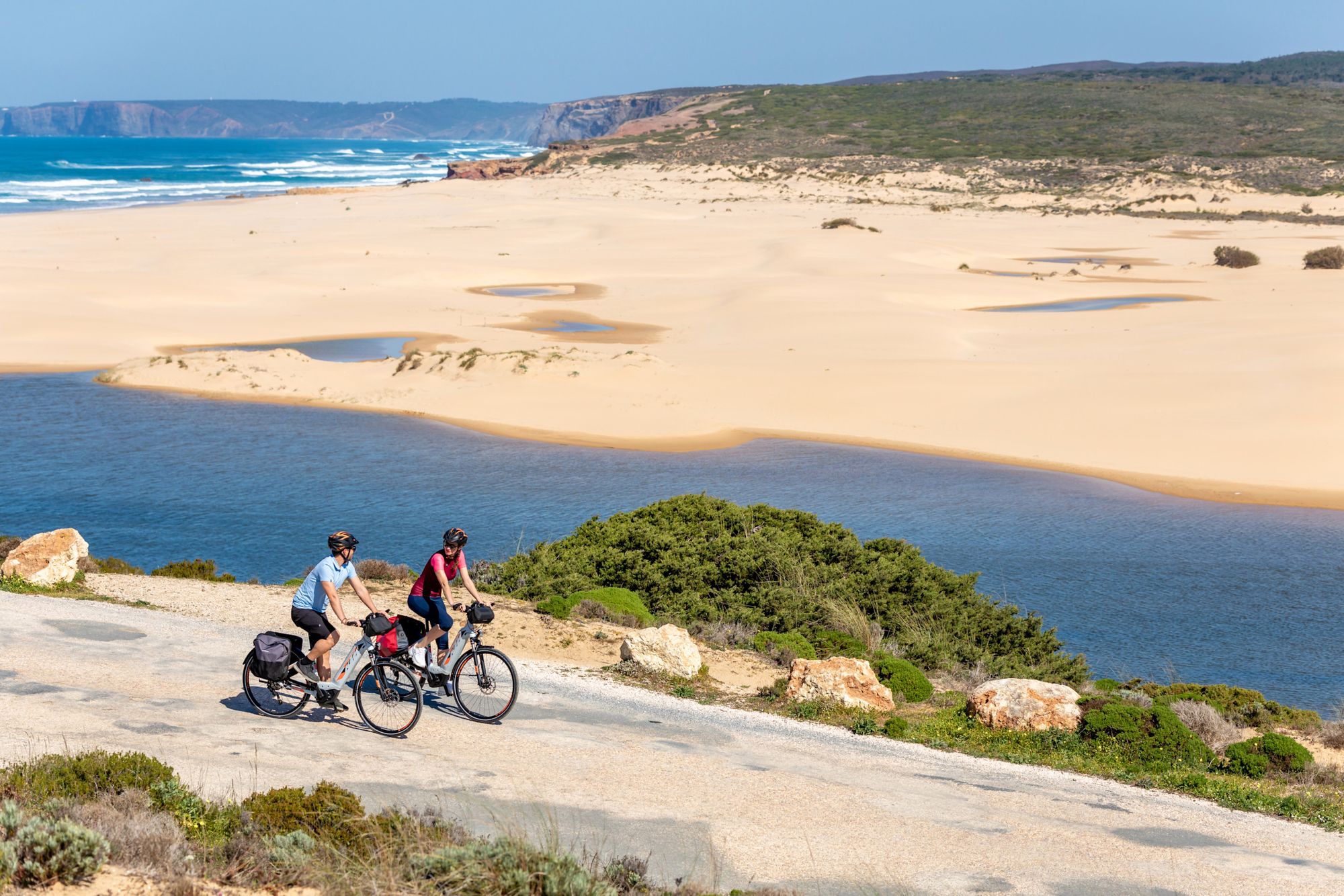
One of Vicky’s jobs is to grade the difficulty of the cycling trips she designs.
“There are all sorts of different factors that need to be considered,” she says. “Distance is one – how far you cycle each day, and how long you spend in the saddle. But more important is the type of terrain you’re cycling on, and how much you’ll exert yourself.
“We also look at environmental factors, altitude in particular. Cycling at high altitude certainly adds difficulty, and the weather is much more changeable higher up in the mountains than it would be on a flat coastline.”
What’s the Difference Between an ‘Easy’, ‘Moderate’ and ‘Challenging’ Trip?

Vicky designs a mixture of easy, moderate and challenging cycling trips.
“The easy trips will have a bit less time on the bike, over less distance; probably a maximum of 40km a day and no really challenging ascents or descents,” she says.
You're climbing around 1,500 metres up and down again every day
“The majority of the trips are ‘moderate’ grading, averaging between 40 and 60km a day. They can include a few ascents and descents over a thousand metres, like the Llogora Pass on our Albania cycling trip, which is 1,550 metres of ascent.
“The challenging ones might have some longer distances – up to 100km. It's the terrain that is challenging. On our Kyrgyzstan trip, for example, the maximum distance you travel is from 50 to 70km, but you're climbing around 1,500 metres up and down again every day; so you’ll be putting in a lot more effort.
“Our Arctic Circle fat-biking expedition is another good example of a challenging trip where you're not travelling very far at all, but the terrain is very different to what you're used to, and you need a good level of experience to balance the bike.”
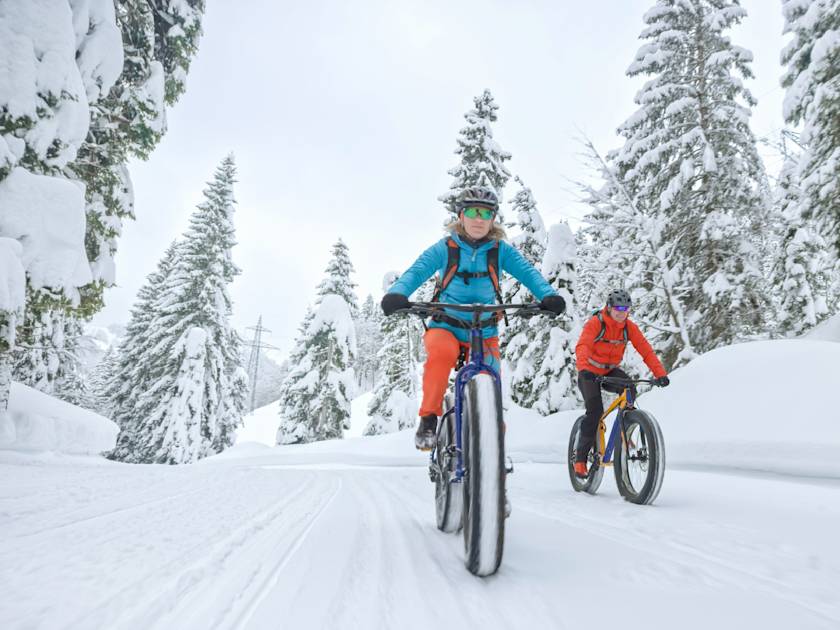
What is the Schedule Like On An Easy Vs Challenging Trip?
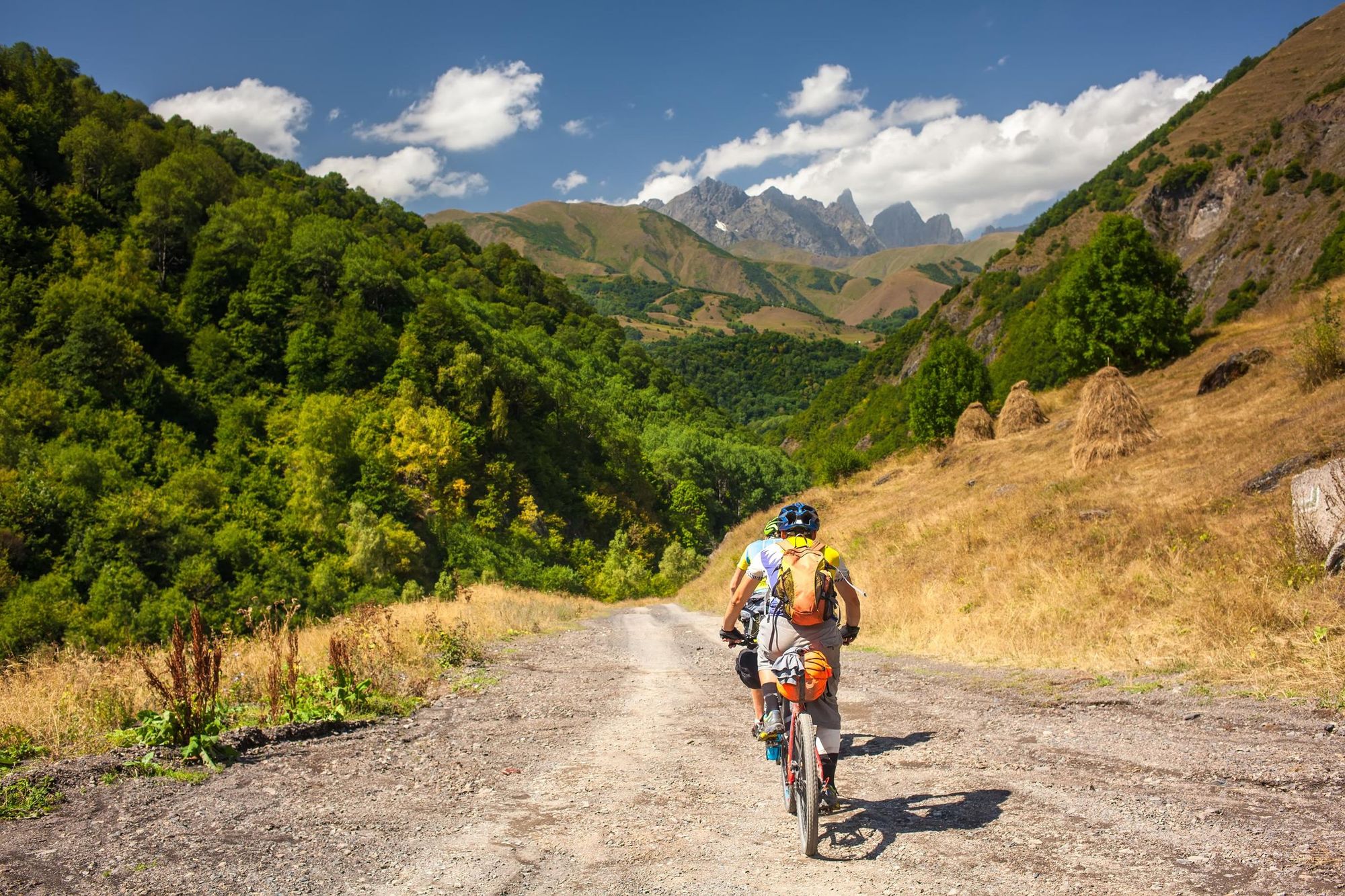
Unsurprisingly, the schedule is more leisurely on an easy versus a challenging trip, but there are similarities.
“Most of the trips start quite early,” Vicky says. “You'll have a good breakfast and then do the bulk of the cycling, have lunch and finish early in the afternoon. For the more easy, leisurely ones, there might be other activities during the day. You might stop and do a food tasting or you might get to the accommodation a bit earlier because there's more downtime.
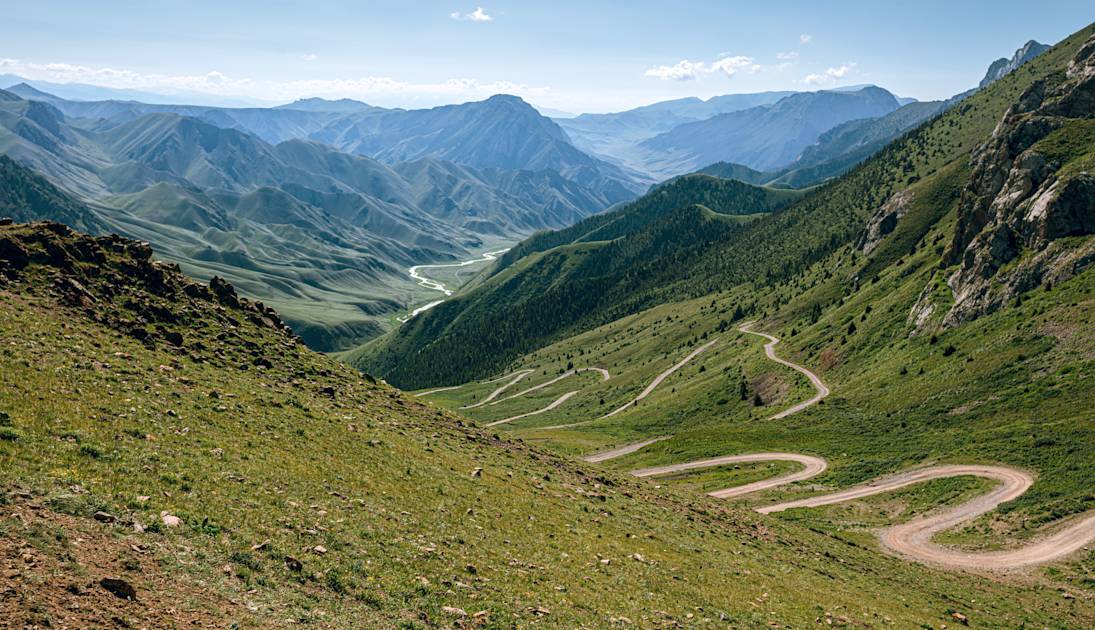
“On a more challenging trip, you'll probably start quite early in the morning. It depends on the destination, but you'd want to avoid cycling in the heat of the day if it's summer. It's more just the time on the saddle so everything will get pushed a bit earlier. It’s always nice to have a bit of time in the evening to shower and change before dinner.”
Is There Less Support on a More Challenging Trip?

More challenging trips offer the same level of support as moderate and easy trips: a support vehicle and an appropriate guide to customer ratio (which is normally 1:8).
“People use the support vehicles if they're struggling a bit,” Vicky says. “Maybe their legs are a bit sore or if they just need a break. But the idea is that you try and do as much as you can yourself. It’s a backup.”

In other words, you must still make sure you’re fit enough to do any cycling trip you go on, rather than relying on the support vehicle to take you up each and every hill.
How Can You Select the Right Trip For You?
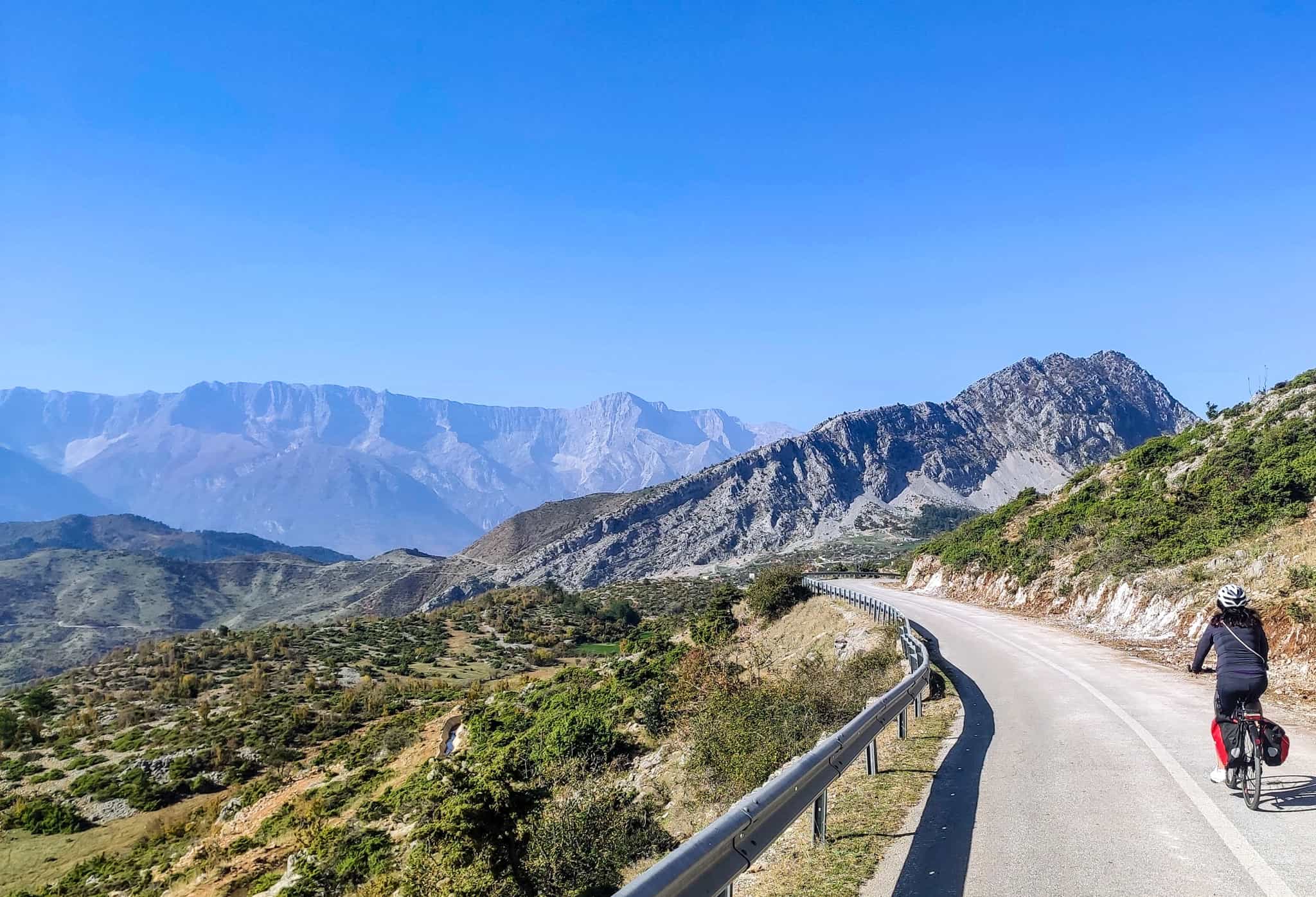
When it comes to picking the perfect cycling adventure — it’s about choosing a trip that suits your riding style, fitness level and the experience you’re after. Vicky recommends taking a close look at the itinerary before committing to it.
“A lot of people think with their heart and choose a destination they really want to visit,” she says. “They don't necessarily look at the distance and the ascents and descents each day, or at the ‘difficulty’ section, which explains a bit more about the terrain and the type of prior experience you need.
If you aren’t currently doing back to back days of cycling, you’ll need to train. Can you actually fit it into your schedule?
“Before booking, take a step back. If you aren’t currently doing back to back days of cycling, you’ll need to train. Can you actually fit it into your schedule?
“It's also about how comfortable you're going to be. Do you want to be on a bike for five hours every day? Do you want steep climbs or a route that's a bit more undulating? Do you want a trip that has other activities as well? If so, you could do a multi-activity trip like the Coast to Coast in Costa Rica, which has cycling and hiking.”
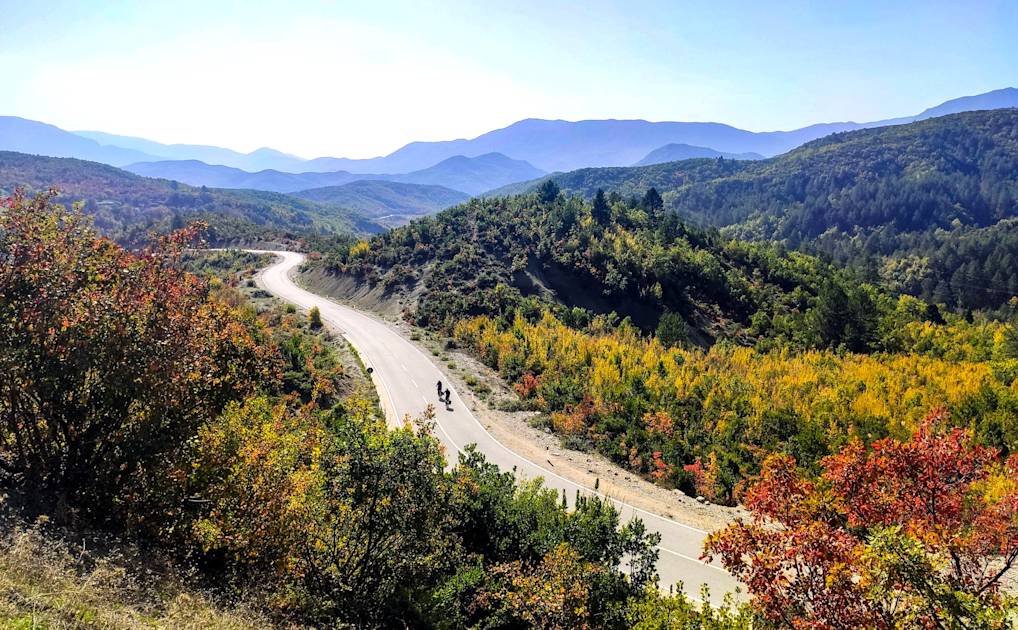
While reviewing the itinerary is a great first step, it's also important to consider the style of riding you prefer. Our trips generally fall into two categories: backroads and mixed-terrain cycling.
Backroads cycling follows quiet roads and cycle paths. The roads are mostly smooth and non technical but may have occasional bumps, such as potholes, cracks, or rough patches – you'll be riding on a hybrid bike. Mixed-terrain cycling covers a wider variety of terrain, riding on a mountain bike over primarily unpaved surfaces such as wide gravel tracks, forest trails, and hard-packed dirt paths. It has a more adventurous feel but no single track biking skills are required.
What Happens if People in the Group Are Cycling at Different Speeds?

Unlike a group hiking trip, where people tend to walk quite closely together, you’ll find people get quite spread out while cycling. It’s customary for everyone to regroup around every 20km, which is also an opportunity to grab snacks and drinks from the support vehicle.

“On the hills and other challenging bits, people will cycle at their own pace,” Vicky says. “You might be at the back one time, you might be at the front the next bit, and people will loop back and talk to you. The larger the group, the more likely it is that you'll cycle with one or two or three people.
“That being said, cycling is just great fun — it’s one of the most rewarding and immersive ways to experience a country. Pick the right trip for you and go for it, there are few better ways to travel.”
Inspired? Check out our Cycling Adventures across the globe.


